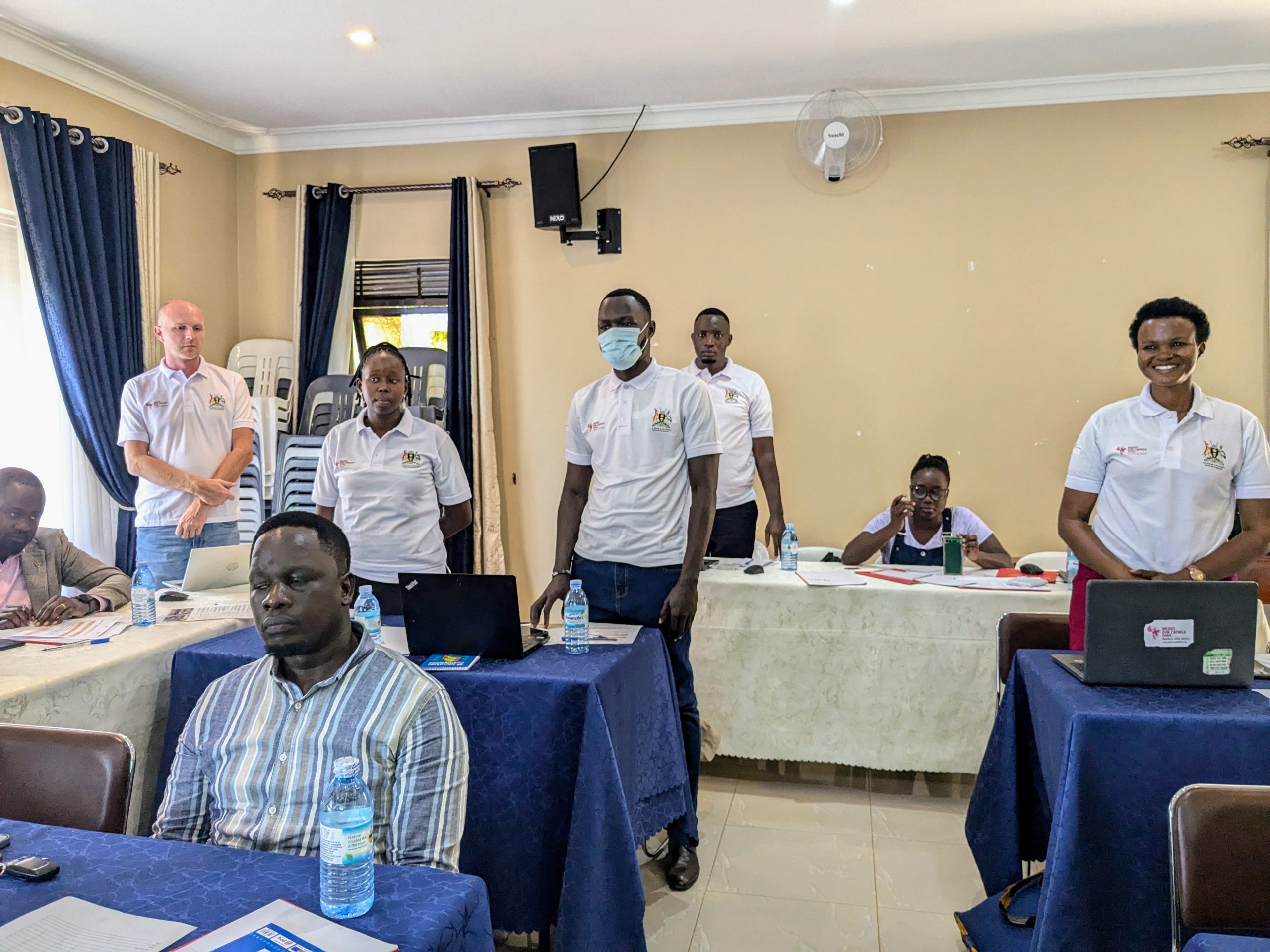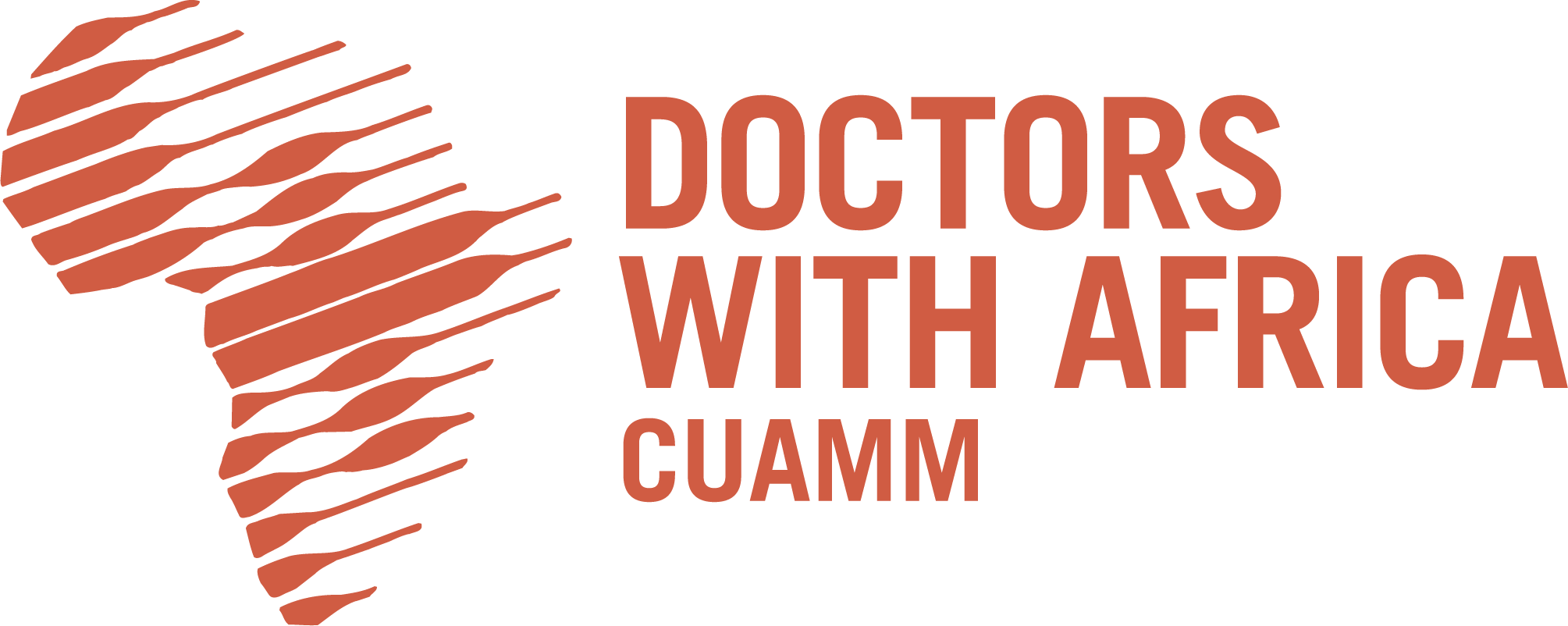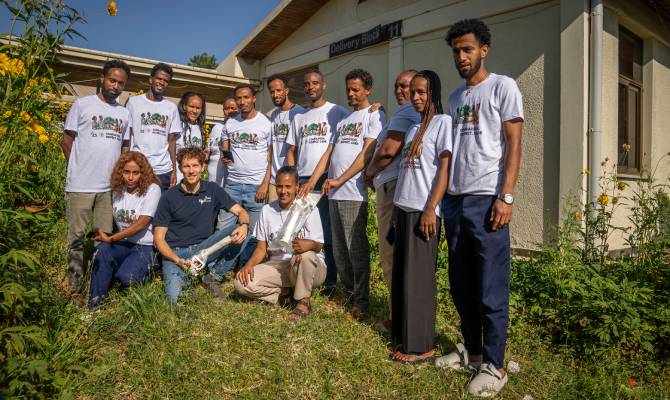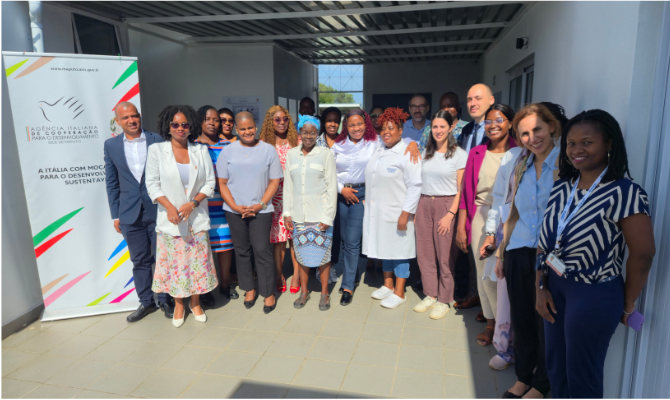Tuberculosis (TB) remains one of the world’s deadliest infectious diseases and a major public health challenge, particularly in Uganda where, according to 2023 WHO data, some 91,000 people fall ill with TB every year. Uganda is one of thirty countries with a high incidence of TB and TB/HIV co-infection; in fact, 32% of TB patients also have HIV and more than half of the deaths occur among HIV-positive people. Moreover, two out of every 100 TB patients have multidrug-resistant tuberculosis.
The bottom line is that the disease is preventable and curable and this is where the Ministry of Health is focusing its efforts, promoting a five-year Tuberculosis and Leprosy Strategic Plan approved in 2021. This has been complemented over the years by a series of targeted interventions for the prevention and treatment of the disease in the country, including the three-year project “SCALE – Increasing coverage of TB prevention and treatment services in Karamoja”. Funded by Fondation Assistance Internationale (FAI), the intervention ended on 29 August with an event in Karamoja, the poorest region of the country, in the Moroto District, one of the five districts implementing the intervention along with Nabilatuk, Nakapiripirit, Napak and Amudat.
“I am sorry to see the end of this intervention, which has been of great support over the years, but at the same time I cannot but highlight the great impact it has had in the fight against TB in Karamoja,” said Fontiano Korobe, the TB contact person in the region. “90% of the contacts had access to preventive therapy (TPT), 96% completed it, with a patient retention rate of over 90%. The project also enabled capacity building of health facility staff, supported Tb research, and extended services from high-level to lower-level facilities (Karamoja was the only region where second-level health centres managed TB)”.
The intervention aimed to extend and improve TB prevention and treatment services. The implementation, both at the health facility and community level, was always managed in effective collaboration and coordination with the local health authorities and aimed specifically at: increasing the demand and utilisation of TB services at the community level for prevention, case detection, treatment and follow-up of patients; supporting diagnostic and treatment units (DTUs) to meet the demand for services; supporting screening, diagnosis, treatment and follow-up services for Multidrug resistant TB (TB MDR) through community-based outpatient care.

“The project management team was very flexible and this allowed us to better manage TB issues even beyond the project design,” added Korobe, speaking about the collaboration between CUAMM, the districts and the national TB programme. Several stakeholders, in particular from the five districts involved, were present at the event, including the regional TB officer, other implementing partners, members of the district health team and other local government representatives. “The region has benefited a lot from this and other interventions that CUAMM has managed, and as a local government we are listening and committed to continue to support what we have achieved together so far,” said Peter Lokwang, representative of the district health officers.
An intervention that, in continuity with the previous one, has lasted for more than nine years, as Jerry Ictho, CUAMM’s senior technical advisor, says. The first phase began in the Napak district in 2015, with a focus on multidrug-resistant TB. The good results obtained were crucial for FAI to decide to continue funding the intervention. “Today we are here to share what we have been able to achieve over the years and I would like to thank the district authorities for the support that has enabled us to get this far,” said Jerry Ictho.
“Among the main challenges we have faced, certainly the still high number of deaths, the culture and lifestyle of some communities sometimes characterised by false beliefs about disease and health, the strong stigma attached to TB, the difficult climate and geography that have made access to some of the more isolated facilities complex, insecurity, and limited funding,” added Joseph Katetemera, CUAMM project manager.
Despite the challenges, however, several innovations have been introduced, such as the stamp used to track TB patients, the purchase of the first GeneXpert machine to identify the disease in the Karamoja region, and the involvement of village health teams of community activists (VHTs).
Preventing and combating TB is a challenge that requires care, perseverance and the active involvement of health authorities, practitioners and communities.





